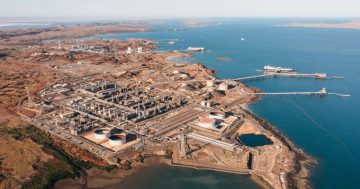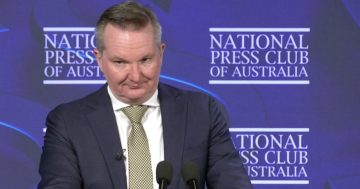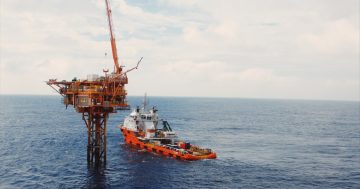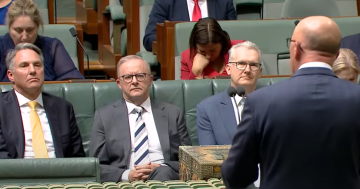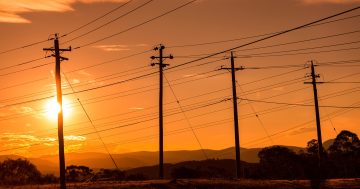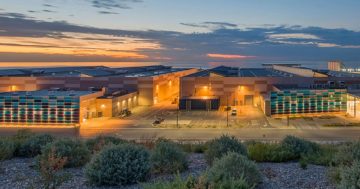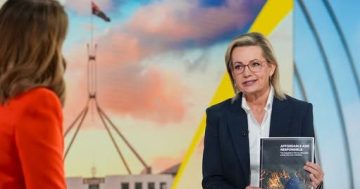 Forecasts suggest that natural gas production will meet customer demand until 2027 in central and eastern Australia, but a report from the Australian Energy Market Operator (AEMO) shows risks of shortfalls likely to remain in the southern States this winter.
Forecasts suggest that natural gas production will meet customer demand until 2027 in central and eastern Australia, but a report from the Australian Energy Market Operator (AEMO) shows risks of shortfalls likely to remain in the southern States this winter.
Chief Executive of the AEMO, Daniel Westerman said the latest 2023 Gas Statement of Opportunities (GSOO) report showed that the short-term gas shortfall risks and long-term supply gaps, due to declining production in southern Australia, were continuing from the 2022 GSOO.
“The risk of gas shortfalls each year from winter 2023 to 2026 in all southern jurisdictions remains under extreme weather conditions and periods of high gas-powered electricity generation, with those risks further exacerbated if gas storage levels are insufficient,” Mr Westerman said.
“Overall, the gas supply adequacy challenges reported in the 2022 GSOO remain, driven by the continued decline of production in the Gippsland region, along with pipeline capacity limitations, including capacity to transport gas to the southern states,” he said.
“While production capacity commitments have increased for 2023 compared to the 2022 GSOO and several key infrastructure projects are on track for delivery, there is forecast to be a 16 per cent reduction in production capacity this winter compared to 2022 in Victoria, which increases supply pressure in the southern regions.”
Mr Westerman said the GSOO reinforced the increasing interdependence between electricity, gas and potential future hydrogen systems and markets in navigating the transition towards net zero emissions.
“Gas availability impacts the security of the National Electricity Market (NEM), and operation of the NEM has an impact on gas demand,” the CEO said.
“The two markets are joined at the hip, what happens in one impacts the other.”
He said committed upgrades to the Moomba to Sydney Pipeline and the South West Queensland Pipeline would increase the system’s capacity to deliver gas from Queensland to consumers in the southern regions of New South Wales, ACT, South Australia, Victoria and Tasmania.
Mr Westerman said that in Victoria, the new Western Outer Ring Main pipeline and Winchelsea compressor duplication would increase the South West Pipeline capacity, improving the capability to use the Iona gas storage facility to supply Melbourne.
“To minimise shortfall risks, committed infrastructure and supply projects must be completed on time, while demand-side solutions, additional gas storage and pipeline development, and liquified natural gas (LNG) import terminals could potentially play a role,” the CEO said.
“Investments are needed in the near term to ensure operational solutions from 2027, despite falling gas consumption.”
The AEMO’s 107-page report can be accessed at this PS News link.


